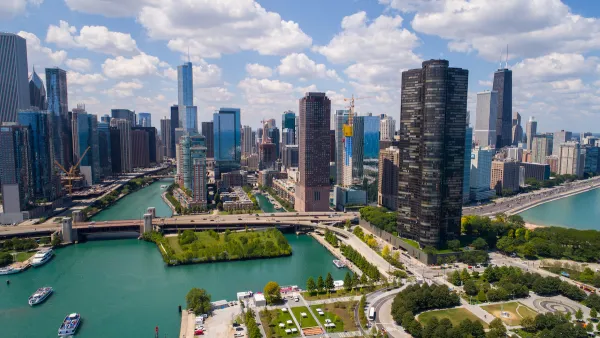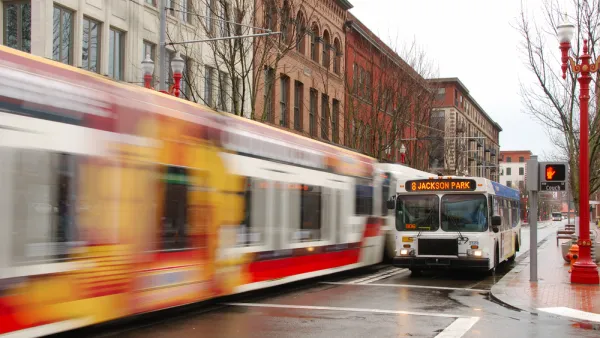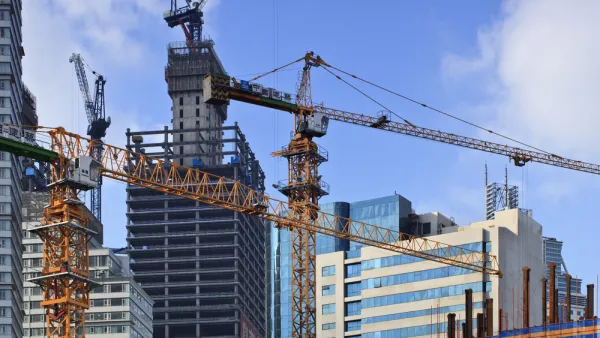Triple Canopy interviews architectural historian Kazys Varnelis about the importance of city data, the difficulty of building new infrastructure and how best to react to a stiflingly complex society.
"Triple Canopy: You've argued that it's no longer possible to rebuild existing infrastructures or, for that matter, to build better ones. And you've proposed 'social engineering' and 'human hacking' as keys to changing how we think of and how we use infrastructure. On the other hand, a quarter of the counties in Michigan are converting paved roads to gravel to save money. Do you still believe in the prospect of technology enabling us to salvage our increasingly chaotic, dilapidated built environment?
Kazys Varnelis: I've been thinking about this a lot lately. On the one hand, I still believe that a government initiative to bring infrastructure into the twenty-first century by opening data to everyone-not just leaving it in the hands of the technocratic elite-would make things better for everyone. We can see this in the ability to monitor traffic conditions in real time on Google Maps. If there is a jam in a certain area, our navigation system should route us around it.
But as I've been studying such possibilities over the past year, it's become clear to me that there's a danger to putting too much faith in the bottom-up model. During the past decade, there's been a lot of fascination with bottom-up forms of organization. If these work at certain levels, they don't work at others. In particular, they are unable to provide adequate structures of authority. This has been the typical lesson of revolutions: In the process of creating new governments, the revolutionaries fail or resort to authoritarianism."
FULL STORY: The Wrong Way Forward

National Parks Layoffs Will Cause Communities to Lose Billions
Thousands of essential park workers were laid off this week, just before the busy spring break season.

Retro-silient?: America’s First “Eco-burb,” The Woodlands Turns 50
A master-planned community north of Houston offers lessons on green infrastructure and resilient design, but falls short of its founder’s lofty affordability and walkability goals.

Delivering for America Plan Will Downgrade Mail Service in at Least 49.5 Percent of Zip Codes
Republican and Democrat lawmakers criticize the plan for its disproportionate negative impact on rural communities.

Test News Post 1
This is a summary

Test News Headline 46
Test for the image on the front page.

Balancing Bombs and Butterflies: How the National Guard Protects a Rare Species
The National Guard at Fort Indiantown Gap uses GIS technology and land management strategies to balance military training with conservation efforts, ensuring the survival of the rare eastern regal fritillary butterfly.
Urban Design for Planners 1: Software Tools
This six-course series explores essential urban design concepts using open source software and equips planners with the tools they need to participate fully in the urban design process.
Planning for Universal Design
Learn the tools for implementing Universal Design in planning regulations.
EMC Planning Group, Inc.
Planetizen
Planetizen
Mpact (formerly Rail~Volution)
Great Falls Development Authority, Inc.
HUDs Office of Policy Development and Research
NYU Wagner Graduate School of Public Service





























